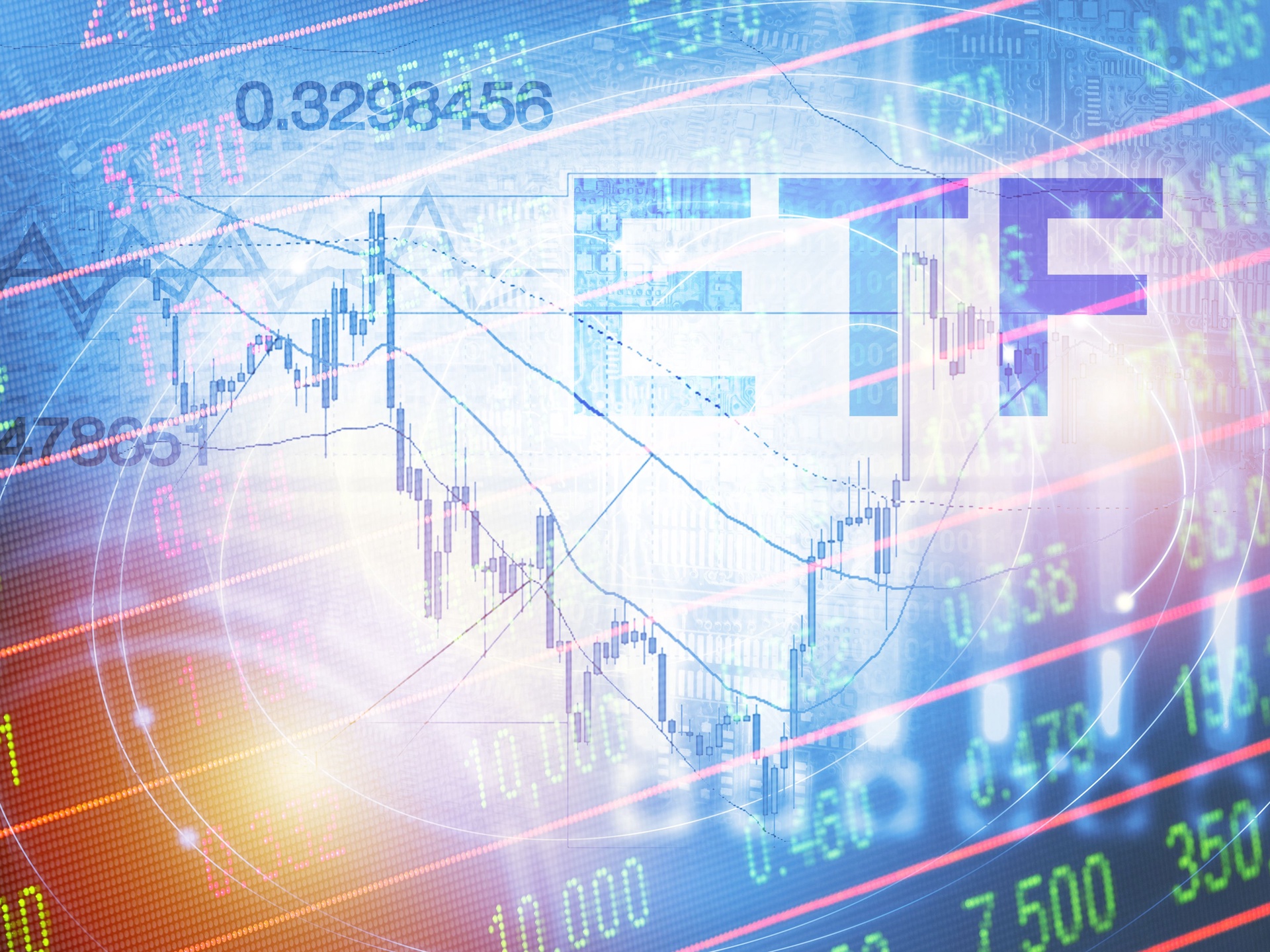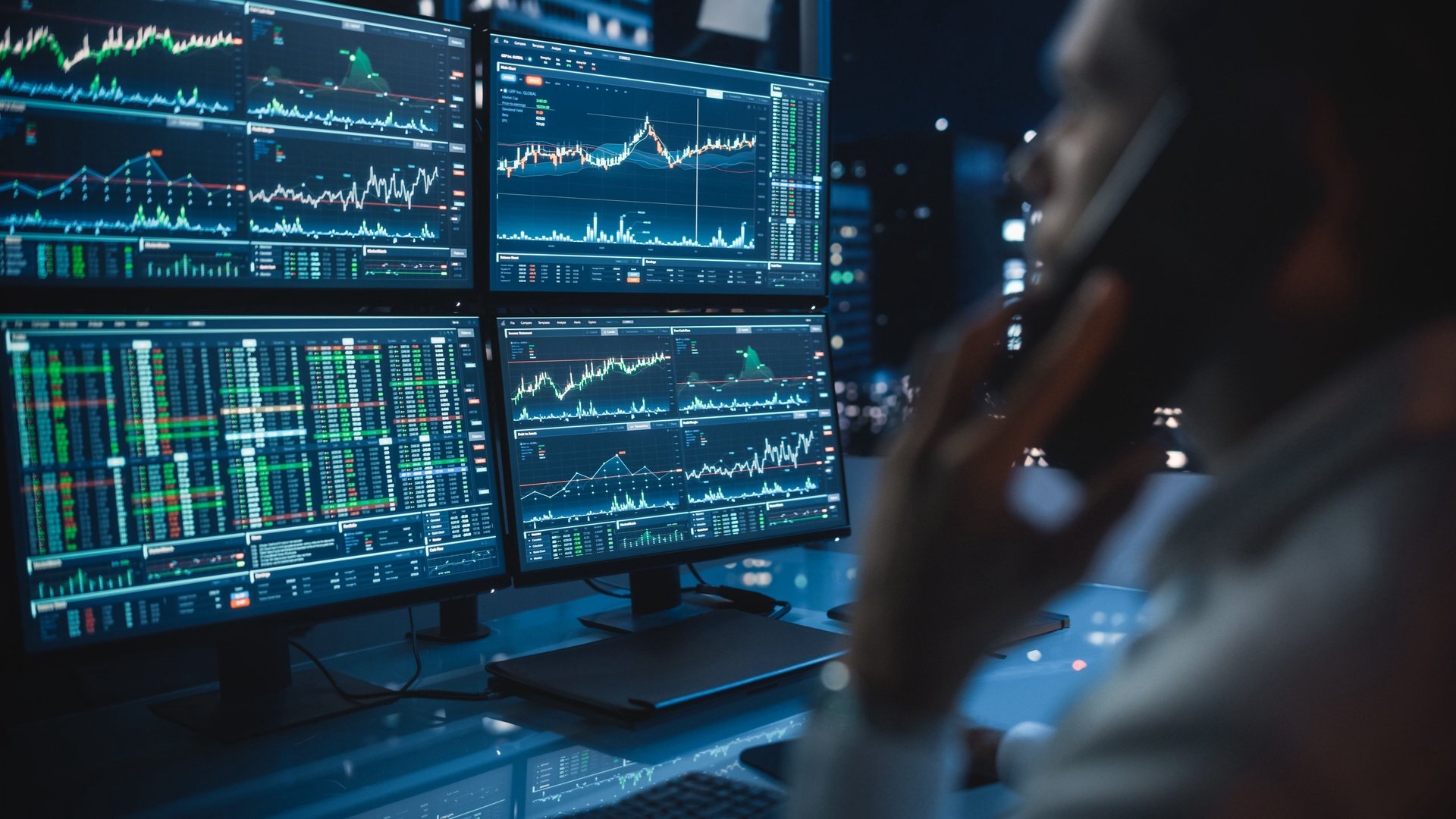The Great China Trade Deal evaporated before our eyes last week and investors should stop hoping it back into existence. In the increasingly tense relationship between Washington and Beijing, tariffs, retaliation and escalation are all just part of the furniture now. Progress on other trade agreements with Canada, Mexico and Japan look tenuous, too, and in any case may not do much to boost current market sentiment. All else equal, trade uncertainty will continue to erode long-term growth prospects and keep yields lower.
When negotiations with China first blew up this spring, it looked for all the world like late-stage haggling that is common in so many trade talks. The bilateral meeting between Presidents Trump and Xi at the G-20 in Japan made it seem like both sides were still trying to keep their relationship from unraveling too quickly.
But since then, the silence on how an agreement might be patched together and the souring sentiment in both countries suggest the political calculation on both sides has changed.
For Trump, the upside of a deal now pales against the prospect of owning the Chinese relationship as he enters a re-election campaign. Any deal he would strike would be limited, temporary and vulnerable to relentless attacks from Democrats -- and even some in his own base –- who will ask if the disruptive tariffs really contributed to meaningful change in China’s behavior.
In fact, the president may have given up on a deal before his team returned to Washington, when he tweeted that China was dragging its feet in hopes of securing a better deal from one of the Democrats running for president. This didn’t seem likely as Senator Elizabeth Warren announced a trade plan last week that seemed even less compromising than the president’s, forcing her competitors to catch up.
Progress at all on trade with China is a political liability for any White House incumbent, as presidents Obama and Bush can attest. The Trump Administration’s top legislative priority this fall is the ratification of the U.S.-Mexico-Canada Agreement (USMCA), and its path would look even more vulnerable amid a narrative that the president had wavered on key trade issues elsewhere.
Trump’s economic calculus may also be that the stock market and the economy have shown little damage from tariffs imposed so far. Strong household sentiment looks resilient even if the new tariffs cover more consumer imports. It’s probably wrong to think that Trump is using the trade talks to secure lower rates from the Fed, but it may well be easier to risk fresh tariffs now that the Fed is in easing mode.
Beijing may have soured on a deal much earlier this summer, when Chinese officials were privately sharing worries that nationalist sentiment was rising against perceived American unpredictability and intransigence.
For Xi, the downside of US tariffs seems manageable compared to the risks of making concessions to a president who will pocket them and ask for more. Sanctions on telecom giant Huawei simply confirmed suspicions in Beijing that America wants to block China’s rise, while China’s foreign ministry has now openly blamed US interference for escalating demonstrations in Hong Kong.
Beyond that, there may also have been a sense that China could learn to live with the tariffs through currency depreciation, mild reflationary measures and new trade routes. The economy is slowing, of course, but Chinese leaders have been engineering much of the slowdown as they rein in excess credit and rebalance demand to consumption and services.
While investors have been focused on the US-China trade drama, it’s less clear that the tit-for-tat news flow has more than a temporary influence on current markets. The S&P continues to set new highs, while the Shanghai Shenzhen CSI300 Index is up this year around 24% in dollar terms.
The real impact of the current friction is the confusion it creates for businesses that must reassess their supply chains and investment decisions amid uncertainty about where tariffs may fall. China looms largest, of course, but the USMCA ratification looks doubtful, as are the prospects for a new trade agreement with Japan that covers autos and agriculture. Meanwhile, Europe’s trade practices remain one of the president’s persistent complaints.
It may be too early to speak of recessions or bear markets given the other healthy economic data and earnings reports. Still, barely 18 months after the enactment of large corporate tax cuts, business investment is now a drag on US growth for the first time since 2015. Not even the unexpectedly good news last week around a budget deal that avoided automatic spending cuts and a debt limit showdown was enough to reverse bond yields.
If the markets fall unexpectedly, this famously unpredictable president could still try to secure a limited deal, but that seems likely to bring only limited and temporary relief until companies get a better sense of where any new trade rules will finally settle.
Christopher Smart is chief global strategist and head of the Barings Investment Institute.









